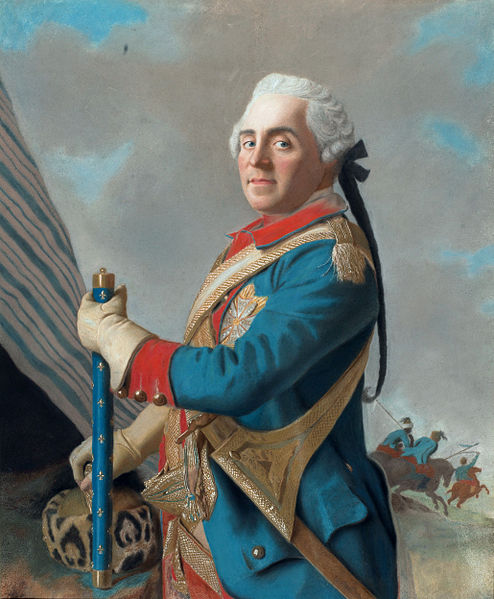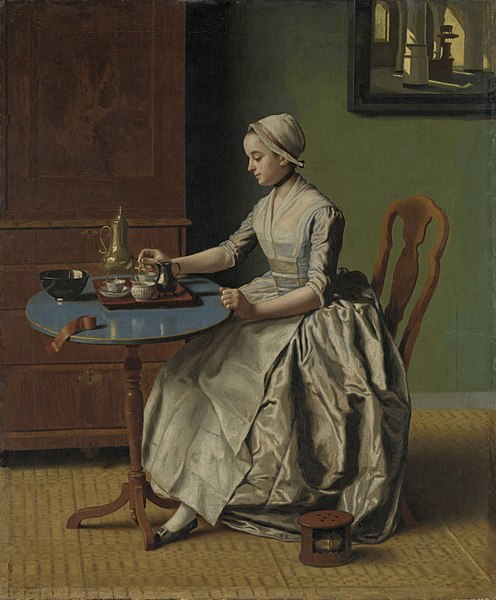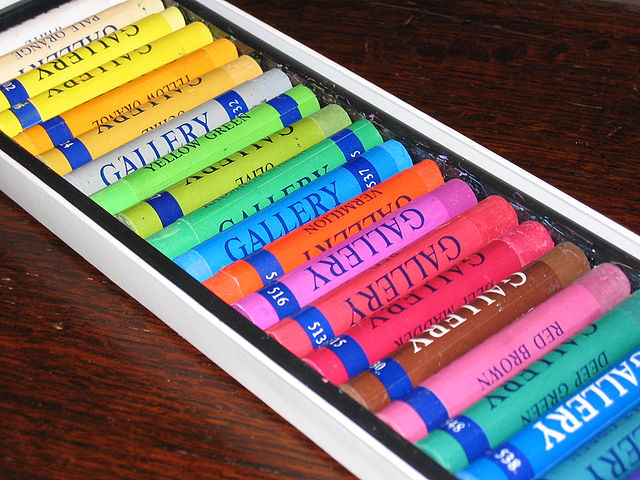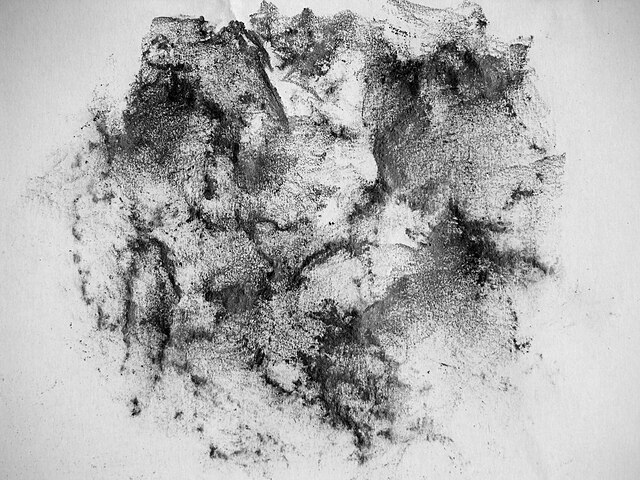Jean-Étienne Liotard was a Genevan painter, art connoisseur and dealer. He is best known for his detailed, strikingly naturalistic portraits in pastel, and for the works from his stay in Turkey. A Huguenot of French origin and citizen of the Republic of Geneva, he was born and died in Geneva, but spent most of his career in stays in the capitals of Europe, where his portraits were much in demand. He worked in Rome, Istanbul, Paris, Vienna, London, and other cities.
Jean-Étienne Liotard, self-portrait 1746, in his favourite medium of pastel. The full beard he wore after returning from Turkey was a considerable eccentricity in Rococo Europe.
Portrait of Maurice de Saxe, 1748, pastel on parchment
Dutch Girl at Breakfast, ca. 1756, oil on canvas, Rijksmuseum
Richard Pococke, 1738–39, oil on canvas
A pastel is an art medium that consist of powdered pigment and a binder. It can exist in a variety of forms, including a stick, a square, a pebble, or a pan of color, though other forms are possible. The pigments used in pastels are similar to those used to produce some other colored visual arts media, such as oil paints; the binder is of a neutral hue and low saturation. The color effect of pastels is closer to the natural dry pigments than that of any other process.
Leon Dabo, Flowers in a Green Vase, c. 1910s, pastel
Commercial oil pastels
Scenery painter in Schlosspark Charlottenburg, Berlin
A pastel frottage created by rubbing pastel on paper laid over stone








